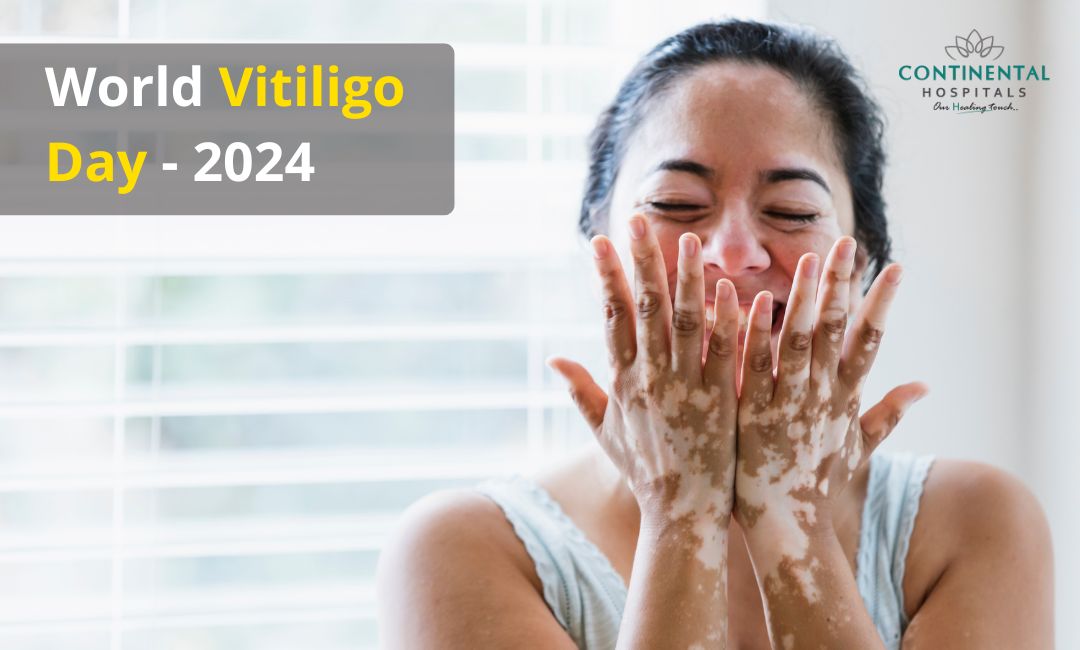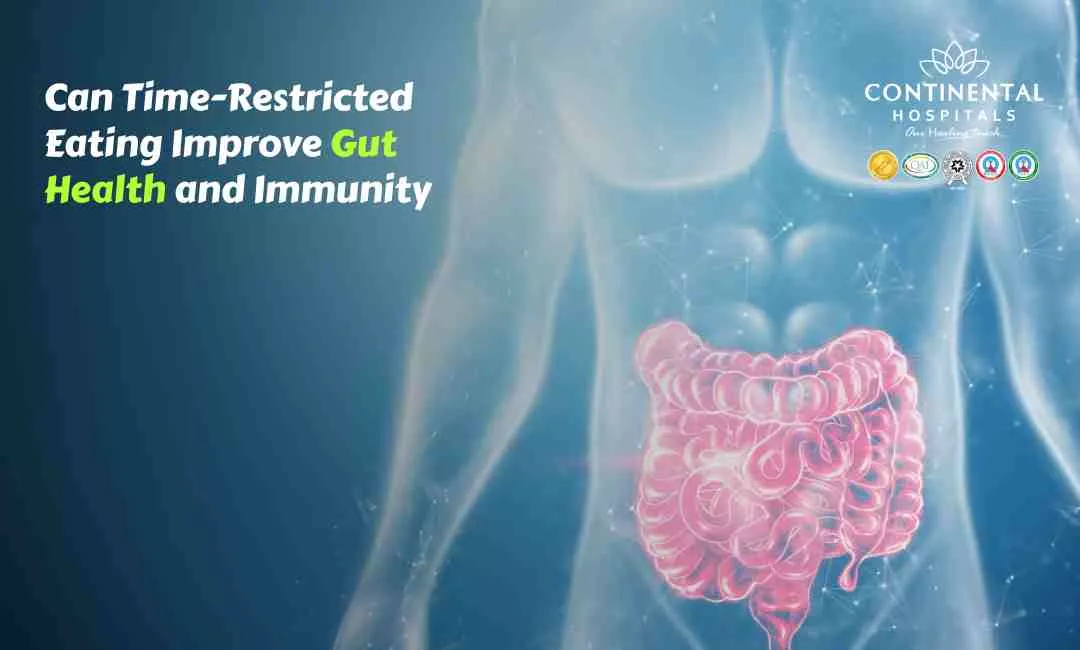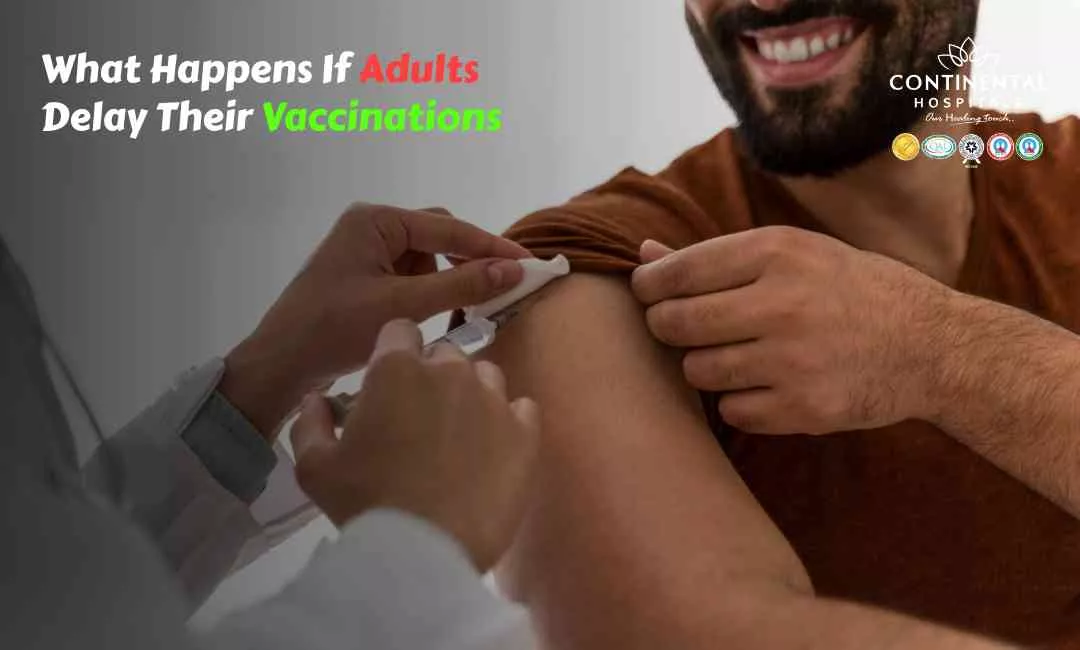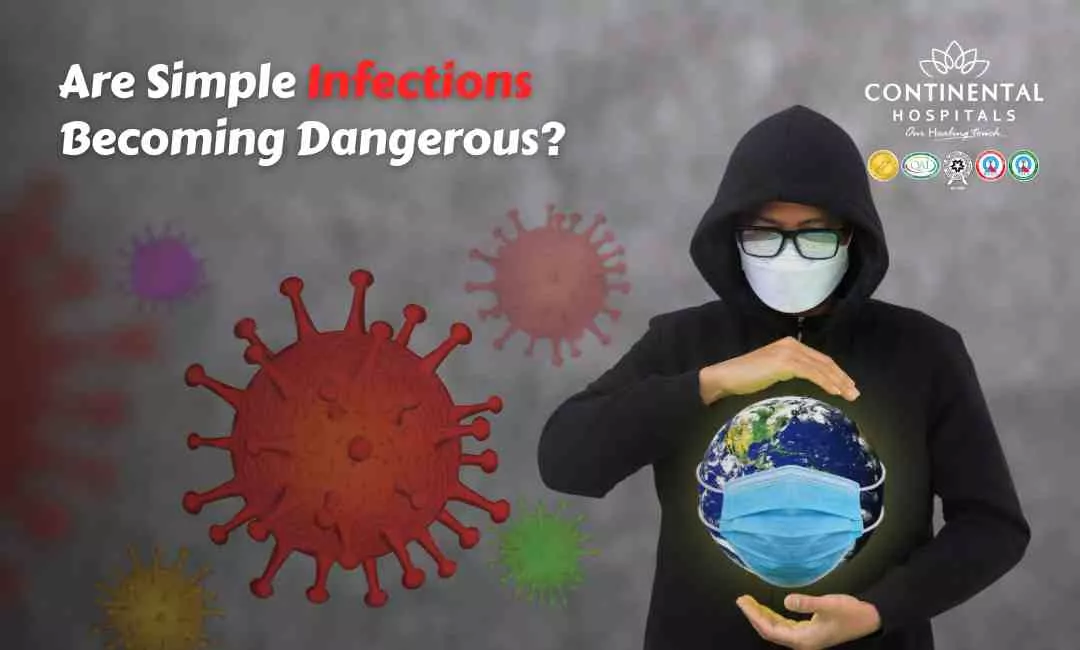Vitiligo, a chronic autoimmune condition that causes the loss of skin pigment, can be a source of confusion and social stigma. World Vitiligo Day, observed annually on June 25th, aims to change that narrative. This international event serves as a platform to raise awareness about vitiligo, celebrate those living with the condition, and advocate for improved treatment options.
Understanding Vitiligo: Beyond Skin Deep
Affecting 1-2% of the global population, vitiligo disrupts the production of melanin, the pigment responsible for skin color. This disruption leads to the development of white patches on various body areas. While the exact cause of vitiligo remains unknown, researchers believe a combination of genetic and environmental factors play a role.
Here are some key characteristics of vitiligo:
Appearance: Vitiligo manifests as white patches on the skin, often appearing symmetrical on both sides of the body. These patches can vary in size and shape, and they may grow larger over time.
Affected Areas: Vitiligo can appear anywhere on the body, but it commonly affects areas exposed to sunlight, such as the face, hands, feet, and around the genitals. Additionally, it can impact mucous membranes, including the inside of the mouth and the eyes.
Types: There are two main types of vitiligo – segmental and non-segmental. Segmental vitiligo develops quickly and affects a limited area of the body. Non-segmental vitiligo, the more common type, develops gradually and can affect larger areas of the body.
🥗 Healthy Plate Challenge
🍽 Add Your Favorite Dish
Pick Your 6 favorite foods, eat, and see the results.Drag & drop foods onto your plate.
Drop Food Here
Importance of World Vitiligo Day
Awareness: It serves as a platform to raise awareness about vitiligo, a skin condition characterized by the loss of pigment in certain areas of the skin, resulting in white patches. Many people around the world are unaware of what vitiligo is, its causes, and its impact on individuals. World Vitiligo Day helps to educate the public about this condition.
Stigma Reduction: Vitiligo can have significant psychosocial impacts on those affected, including stigma, discrimination, and lowered self-esteem. World Vitiligo Day provides an opportunity to combat these negative perceptions and promote acceptance and understanding.
Support: For individuals living with vitiligo, knowing that there is a designated day dedicated to their condition can provide a sense of solidarity and support. It can help them feel less isolated and more connected to a global community of people who understand their experiences.
Advocacy: World Vitiligo Day is also a platform for advocacy efforts aimed at improving access to treatment, funding for research, and support services for individuals with vitiligo. It encourages policymakers, healthcare professionals, and the general public to prioritize the needs of those affected by the condition.
Research: The day also highlights the importance of ongoing research into the causes, prevention, and treatment of vitiligo. Increased awareness and support can lead to greater investment in research efforts, potentially leading to advancements in understanding and managing the condition.
Living with Vitiligo: More Than Just Skin
Living with vitiligo is a journey that transcends the boundaries of skin. It's a unique experience that encompasses emotional, psychological, and social aspects, often intertwining with one's sense of identity and self-esteem.
Physically, vitiligo presents as patches of depigmented skin, caused by the loss of melanocytes, the cells responsible for skin pigmentation. While the condition itself is not painful or life-threatening, its impact can be profound. The sudden appearance of white patches can lead to feelings of self-consciousness, especially in a society that often places emphasis on physical appearance.
Emotionally, living with vitiligo can be challenging. It's not uncommon for individuals to experience a range of emotions, including anxiety, depression, and low self-esteem. The fear of judgment or rejection from others can create barriers to social interactions and relationships. Coping with these emotions requires resilience and support from friends, family, and sometimes mental health professionals.
Despite its challenges, living with vitiligo can also foster resilience, empathy, and self-acceptance. Many individuals find strength in embracing their unique appearance and advocating for greater awareness and acceptance of vitiligo within society.
Ultimately, living with vitiligo is more than just a skin condition; it's a multifaceted experience that shapes perceptions, relationships, and personal growth. Through education, support, and self-love, individuals with vitiligo can navigate their journey with strength and confidence.
Who does vitiligo affect?
Vitiligo can affect people of any age, gender, or ethnicity. It's estimated to affect around 1% of the world's population, and it can occur in individuals of any racial or ethnic background. While it can develop at any age, it often first appears between the ages of 10 and 30. It affects both men and women equally.
As we commemorate World Vitiligo Day, let us reaffirm our commitment to promoting awareness, acceptance, and inclusion. By amplifying the voices of those with vitiligo, advocating for equitable treatment, and challenging societal norms, we can create a more compassionate and inclusive world for all. Together, let us celebrate diversity and embrace the beauty of our differences.
.webp)














